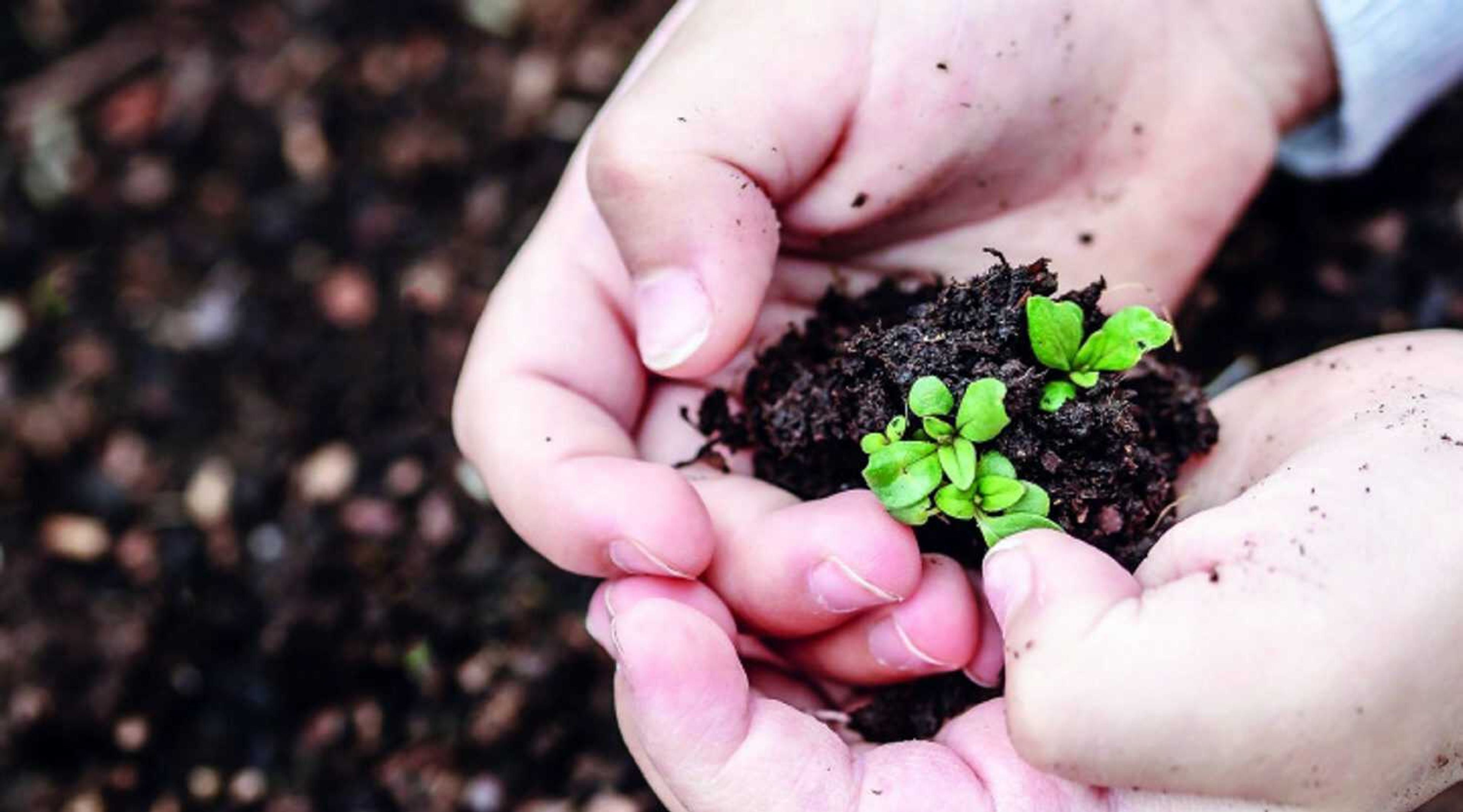Grow transplants from seed
Growing your own transplants from seeds can give you a head start on planting or the opportunity to plant whenever you would like. In many cases, it gives you the opportunity to grow a special cultivar (variety) of a plant or vegetable that you cannot purchase at garden centers...
Growing your own transplants from seeds can give you a head start on planting or the opportunity to plant whenever you would like. In many cases, it gives you the opportunity to grow a special cultivar (variety) of a plant or vegetable that you cannot purchase at garden centers.
When purchasing seeds, make sure you purchase enough for only one year, or have plans on how you will store those leftover seeds. A seed's germination percentage decreases with age. The seed packet label usually indicates essential information about the cultivar, the year in which the seeds were packaged, the germination percentage, and whether the seeds have received any chemical treatment. The surplus seeds should be stored in a cool, dry place. A good storage location would be an airtight jar or a sealed zip-lock bag in the refrigerator. Keep in mind that saved seed from your own garden may not produce plants similar to the parent plant; this is especially true of hybrids.
On average, seeds take anywhere from five to 15 days to germinate when the proper temperature (70 degrees) and light are available. In general, seeds should be started about eight to 10 weeks prior to the last frost date (April 15th). This is dependent on what you are growing and what is stated on your seed packet. Give yourself some time to allow for a vigorous healthy transplant to be grown.
A wide range of media can be used to germinate seeds. The germinating medium (soil) should be rather fine in texture and of uniform consistency, yet well aerated and loose. It should also be low in fertility and capable of holding moisture, but yet be well drained. Do not use garden soil to start seedlings because it is not free of weed seeds, it is too heavy, and it does not drain well. Commercial tobacco transplant mixes and commercial garden center mixes are often good germination media to use.
Containers for seedling germination can vary. Plastic cell packs, peat pellets or peat pots can be used for producing seedlings. Sow the seeds thinly and uniformly in the tray or container. Cover the seeds lightly; a suitable planting depth is usually about two to four times the minimum diameter of the seeds. Large seeds are frequently sown directly in a small container or cell pack; this eliminates the need for pulling up seedlings and replanting. Extremely fine seeds such as petunia, begonia and snapdragon should not be covered, but a light dusting of media should be sprinkled over the seeds.
When watering after seeding, spray with a fine mist. Avoid splashing or overwatering, which might displace the small seeds. Excessive moisture during the seedling period can cause damping off or other disease problems. If you cover the trays with clear plastic, make sure you remove the plastic after the first seedlings appear.
As the seedlings grow, they will need more space if not planted in their individual cells. The ideal time to transplant young seedlings is when the first true leaves appear (two to three) usually two to three weeks after germination. When seedlings have taken root in their own cell or container, then you can start to fertilize. It is best to use a liquid fertilizer at half the rate the container recommends. This way you will not burn the plant roots with excessive salts (fertilizer). Also, make sure you do not keep them excessively wet.
Before going to the garden, you should harden off the plants. Hardening is most critical with early spring crops, when adverse climatic conditions can be expected. Hardening the plants is accomplished by decreasing the temperature and humidity. One way to do this is to set them outside during the day. If the night temperatures are not going to get that low, then leave them out all night. Do this for a couple of days before planting.
Connect with the Southeast Missourian Newsroom:
For corrections to this story or other insights for the editor, click here. To submit a letter to the editor, click here. To learn about the Southeast Missourian’s AI Policy, click here.








